Cabbage Takes Time To Mature, But Experts Advise Harvesting Within 12-20 Weeks

VEGETABLES > CABBAGES > HARVESTING
Reviewed By ROY NICOL

Roy is a Professional Gardener and Horticultural Consultant, specialising in large garden year-round maintenance and garden development. He is an RHS Master of Horticulture and uses his research in the application of no-dig methods in ornamental garden settings. Roy has been a Professional Gardener for more than six years and is a member of the Chartered Institute of Horticulture, Professional Gardener's Guild and Association of Professional Landscapers (Professional Gardener).
Contributions From EMILY CUPIT

Emily is a Gardening Writer, Photographer and Videographer from Derbyshire, UK. She is the Founder of Emily's Green Diary - a community of more than 75,000 people who share in her gardening journey.
Cabbages are divided into spring, summer and winter types; as a consequence, this is one vegetable that you can harvest from your garden all year round in many regions of the UK.
Cabbage does take rather a long time to mature – anything from 12-20 weeks, depending on the variety in question.
It is also best harvested near its peak of maturity, but in order to reap the best possible crop, some pre-harvesting maintenance is called for.
In this guide, we identify the essential pre-harvesting activities and also spell out a three-point method to detect when your cabbage crop is nearing its peak.
| Difficulty | Easy |
| Equipment Required | Gardening gloves, secateurs (optional) |
| When To Harvest | Depending on the variety, anything from 12 to 20 weeks after planting |
To learn how to harvest your cabbages, simply follow the process below:
1) Pre-Harvest Maintenance
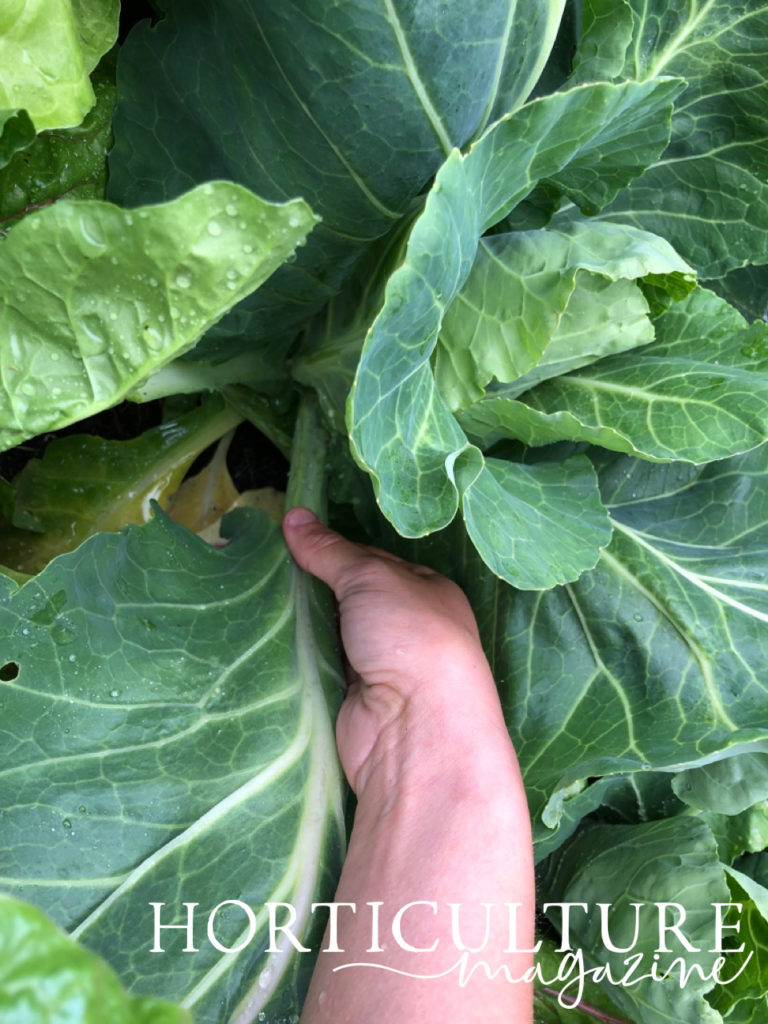
Cabbage takes quite a long time from planting to harvest – for most varieties the time to harvest is anything from 12-20 weeks, with the specific timeframe depending on the particular variety.
In order to reap the best possible harvest the closer you get to the anticipated harvest date, the more you need to maintain your cabbage crop.
Cabbages are known to be among the heavier feeders among vegetables.
Be sure to fertilise regularly with a vegetable or balanced fertiliser.
If any head is not maturing well, looks stunted or its leaves are peeling, cut it off; the remaining leaves can still be harvested.
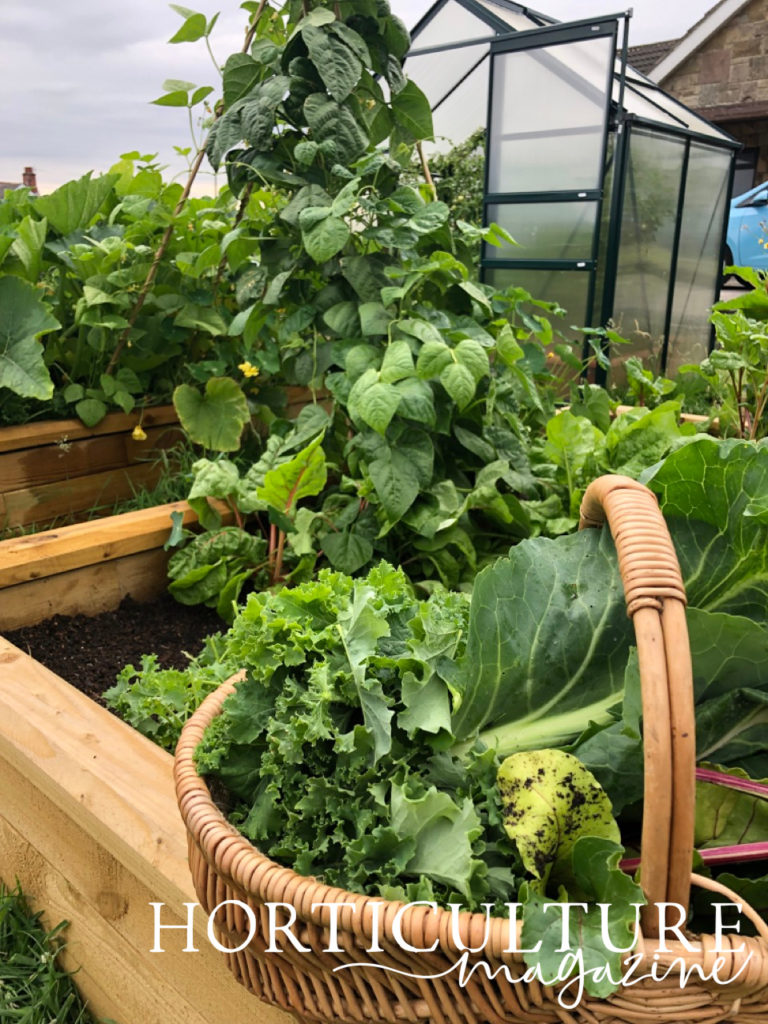
If a good, well-maturing head of cabbage has a limp or withering outer leaf or an outer leaf that has come away, carefully cut it off.
Use a small sharp knife, mini secateurs, or scissors.
Rabbits, squirrels, voles and mice are all serious threats to maturing cabbages so guard against these pests or protect your crop with wire netting.
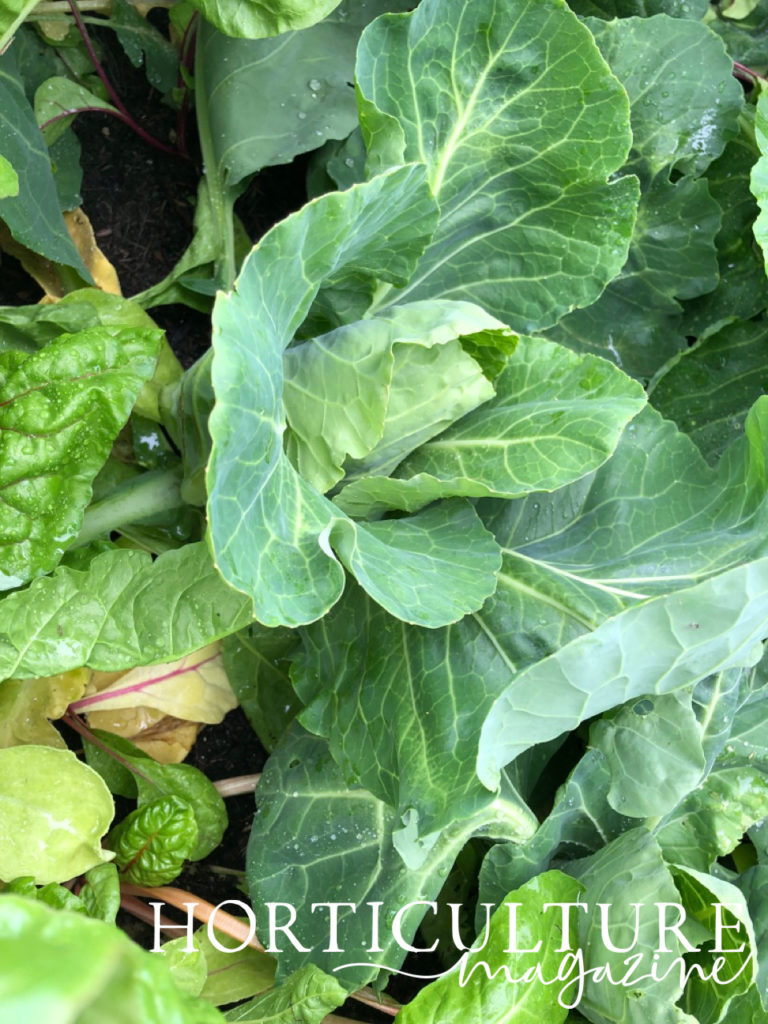
Finally, be aware that cabbage can bolt.
If a plant does bolt, you lose that cabbage as it becomes unpleasant to the taste.
Even summer cabbage cannot tolerate continuous temperatures much above 30°C.
Continuous high temperature will probably cause scorching or wilting, or, just as likely, some cabbages may bolt.
Similarly, if any type of cabbage experiences a stretch of very cold weather, if there is a sharpish uptick in temperature some cabbages may bolt.
2) Determining Readiness
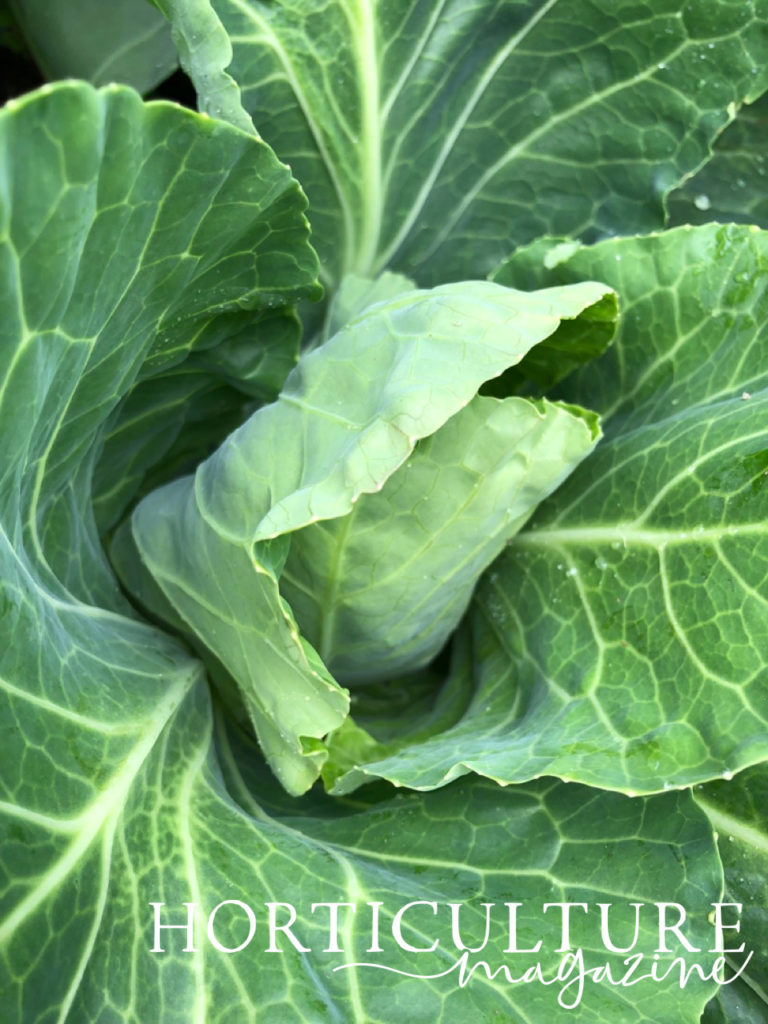
When the time to harvest for your given variety is approaching, start to check the cabbages for readiness.
First, compare the size of the majority of your lettuce heads to the average size for that particular variety.
Hold two or three heads firmly and give them a light squeeze.
If they do not feel loose or layered and instead feel tight and firmed up, the cabbage crop is ready for harvest.
If you spot a head or two with leaves that have peeled away from the base of the cabbage, that may indicate that harvesting time is here.
Or, if a cabbage has split, you’ll know for sure that you need to harvest the other cabbages.
3) Harvesting
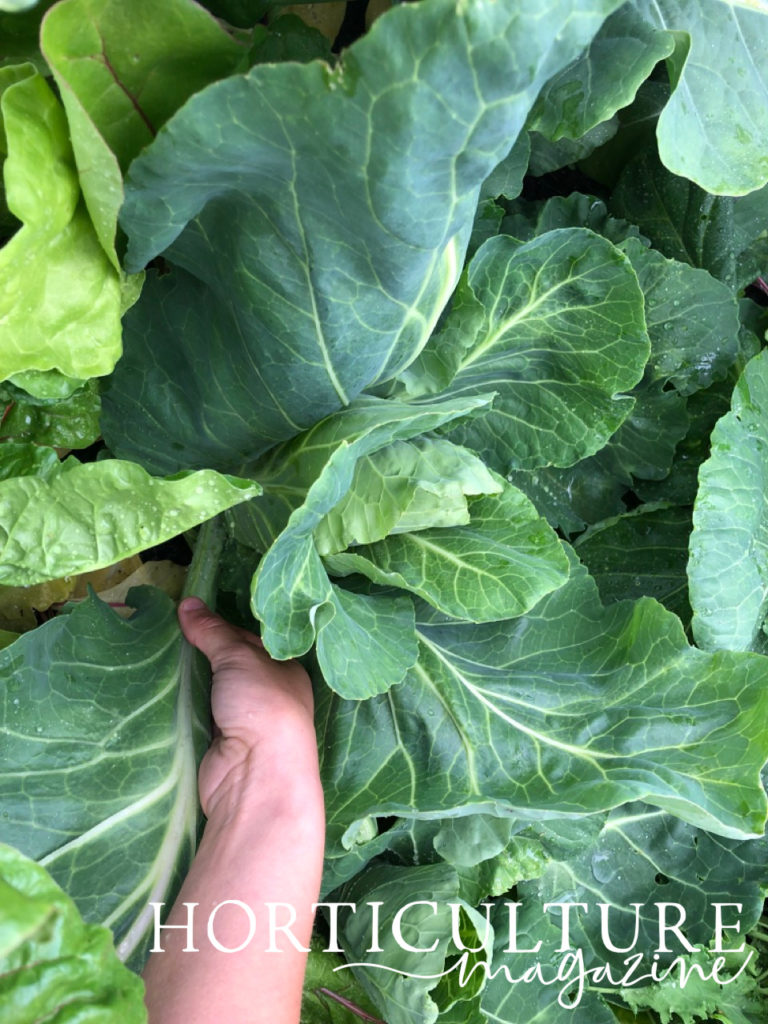
Hold the cabbage head with one hand, gently pull slightly upward and to one side.
On the other side with the other hand, cut the stem at the base of the cabbage.
This may be done with a sharp knife or a pair of secateurs.
The first time you harvest cabbage in this way you may struggle, but once you do it a few times it will become automatic.
You can leave the stumps of the stems behind.
If you want to try to grow another set of cabbages from those stems, make notches on their upper surface and keep watering.
4) Storage
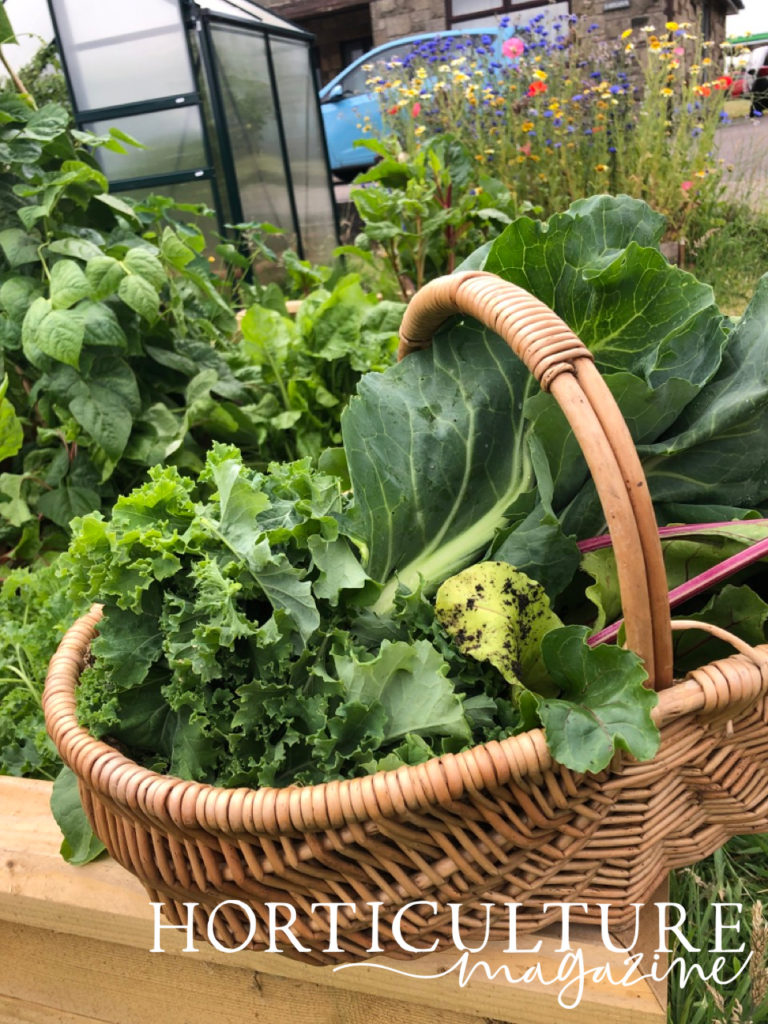
If you would like to store your cabbage, this is a vegetable that keeps quite well in the fridge.
First, check all heads for any outer leaves that have peeled away, are wilting, or have brownish edges. Carefully cut off these leaves.
Wash the cabbages in cold water, shake them dry, and let them air-dry for 15-20 minutes.
Tightly wrap each head individually in cling film and store in the fridge’s crisper.
Cabbages stored in this way will keep for at least 2 weeks and some varieties can be stored for even up to 4 weeks.

